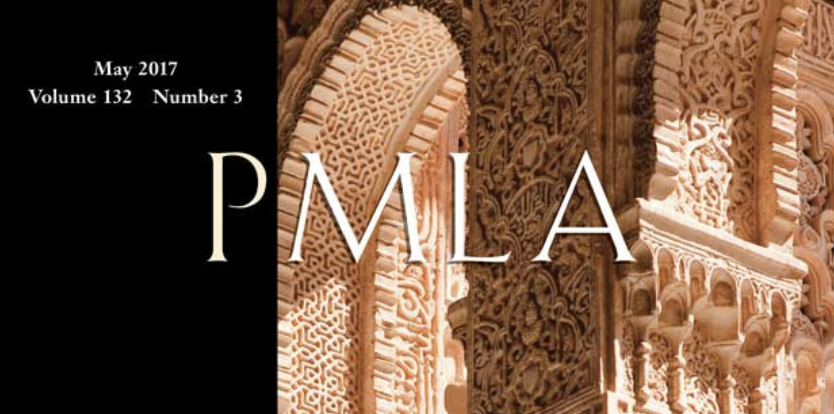Think Small: On Literary Modelling

This is the name of a new piece I have out in PMLA in a section called “Franco Moretti’s Distant Reading.” The first point I try to make is that calling it “Moretti’s Distant Reading” is indicative of literary studies’ continued penchant for great men. It is ironic, or telling, that even in an issue devoted to methods that aim to use larger samples of evidence we return to the male proper name.
The second point I try to make is to nudge us away from thinking in terms of distance or bigness and towards “representation.” As philosophers of science have pointed, models are crucially representations of the worlds they intend to make claims about. Representation emphasizes the perspectival nature of knowledge, its partialness, but also the creativity behind the endeavour. Computational criticism isn’t cold and impersonal. It can be very much about personal conviction and inventiveness. I encourage people to read Richard So’s contribution that addresses many of these same issues.
Last, I want people to better understand that modelling isn’t entirely about measurement. There are many steps to creating a model that have nothing to do with numbers. There is much more conceptual richness to the process of modelling which thinking only in terms of numbers leaves out.
Beginning to acknowledge that the field is broad, creative, and conceptually demanding will hopefully encourage its wider acceptance within the umbrella of literary studies. As I write in the piece, “Instead of book love, I hope we can also begin to find model enjoyment.”
